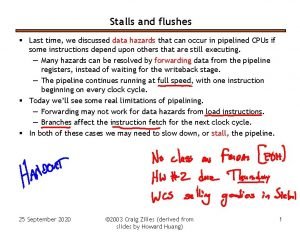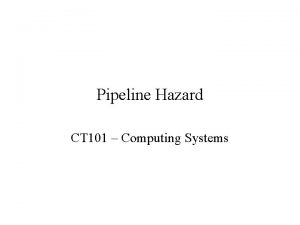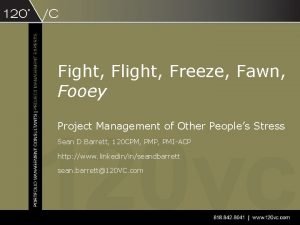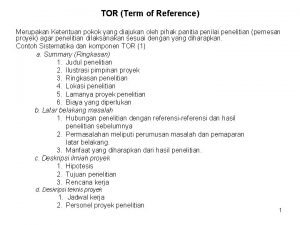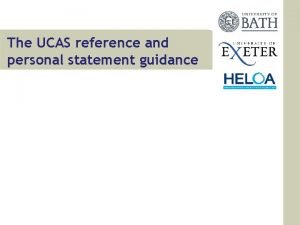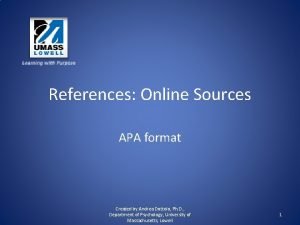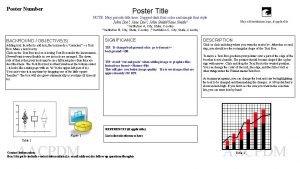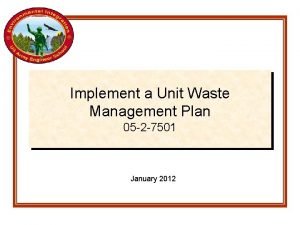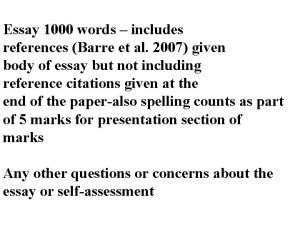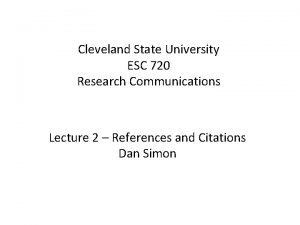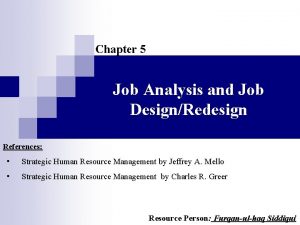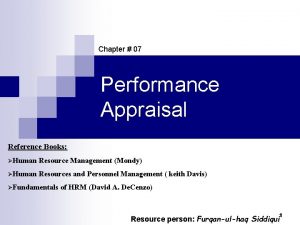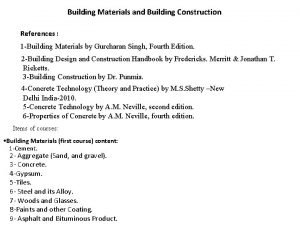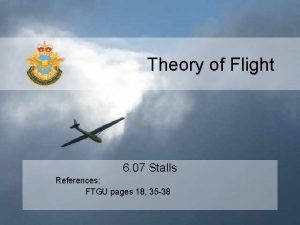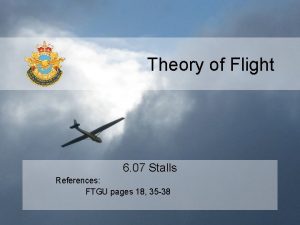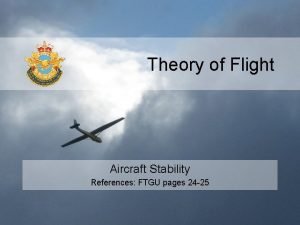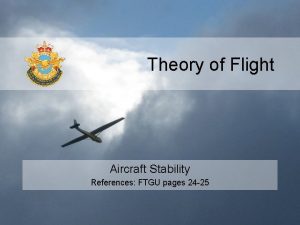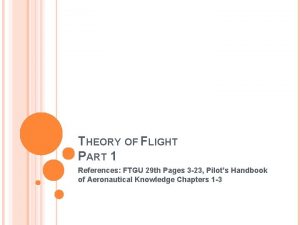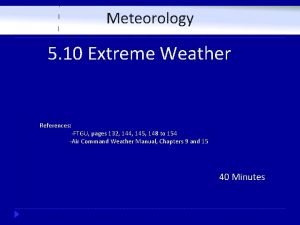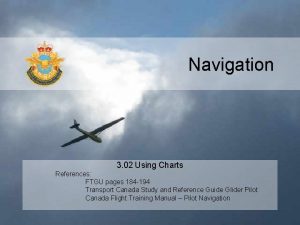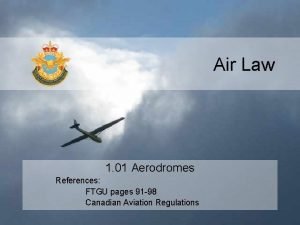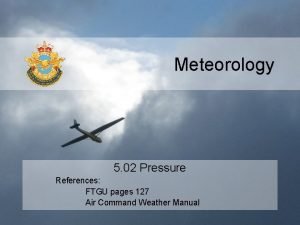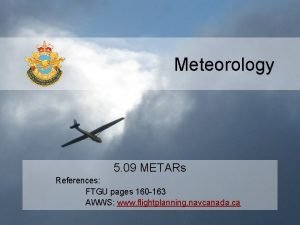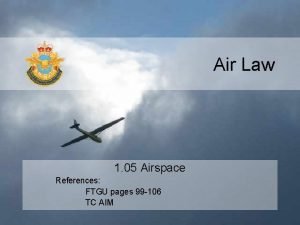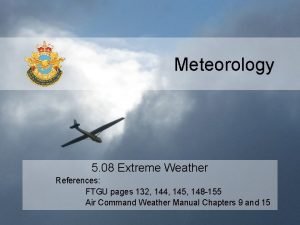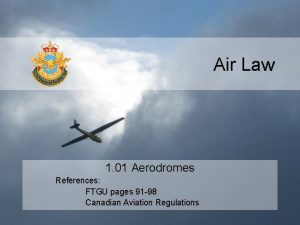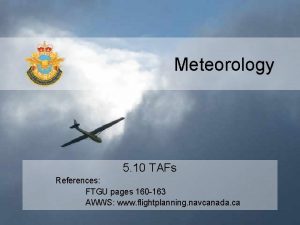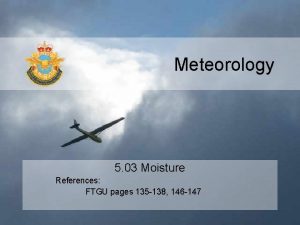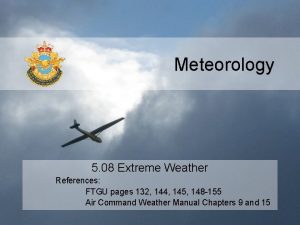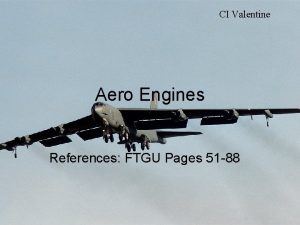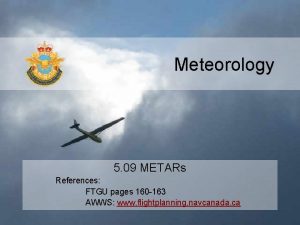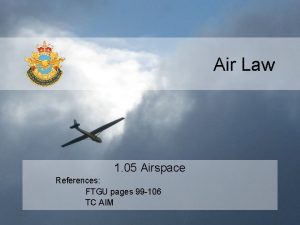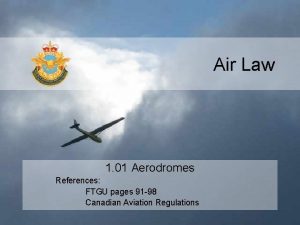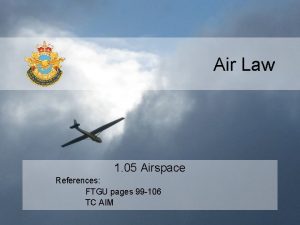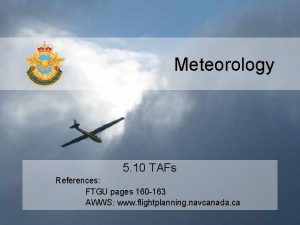Theory of Flight Stalls References FTGU pages 19























- Slides: 23

Theory of Flight Stalls References: FTGU pages 19, 29 -32

Stalls • Laminar Flow • Definition of a Stall • Centre of Pressure • Critical Angle of Attack • Stalls • Factors affecting stalls

Laminar Flow • Boundary Layer – The thin layer of airflow over the wing • Laminar Layer – Smooth portion of the boundary layer nearest the leading edge of the wing • Transition/Separation Point – Point on wing where the boundary layer changes from laminar to turbulent • Turbulent layer – Turbulent portion of the boundary layer from the centre to the trailing edge of the wing

Stall What is a stall?

Stall • When a wing or aerofoil has air flow separation increasing the drag and reducing the lift • When the wing is no longer capable of producing enough lift to counteract the weight of the aircraft • As a result, can no longer maintain level flight

Centre of Pressure • Point on a wing where total aerodynamic pressure acts

Centre of Pressure • Centre of pressure moves forward as the angle of attack increases to the point of a stall • After a stall the centre of pressure moves rapidly back • If the Co. P moves forward of the Co. G it causes an aeroplane to become unstable, nose of the aeroplane does not drop at the stall

Critical Angle of Attack • The Ao. A above which airflow will separate and become turbulent • The wing stall will occur at any speed

Critical Angle of Attack • Most aerofoil or wing designs have a stall angle of 15° to 20°

Stall • Centre of pressure and separation point move forward to point of stall and lift production is increased • Angle of attack is increased beyond critical angle of attack • Wing stops producing lift and stalls • Centre of pressure moves rapidly backward

Stall Symptoms of a Stall Buffeting

Factors affecting a Stall • Position of the Centre of Gravity – the more forward the CG, the higher the stall speed (Vs) • Weight - increase in weight = increase in Vs • Turbulence - changes the load factor as well as sudden changes in Ao. A (greater then the critical Ao. A) • Turns - increases the load factor which increases the Vs • Snow, Frost, Ice cause early airfoil separation causing an increase in Vs

Factors affecting a Stall Centre of Gravity (CG) • CG forward – Loading on the horizontal tail surfaces increases – Overall weight of aircraft increases – Vs increases • CG aft – Decreased longitudinal stability – Violent stall characteristics – Poor or NO stall recovery (very dangerous!) – Vs decreases

Factors affecting a Stall Weight • The more weight on an aircraft means that it must fly at a higher Ao. A (for a given speed) • Therefore the critical Ao. A will be reached at a higher airspeed (instead of stalling at 40 kt stalls at 50 kt) Attitude to fly straight and level 2500 lbs, at 90 kt (closer to the critical A of A) 1000 lbs, at 90 kt Start of a trip End of a trip

Factors affecting a Stall Turbulence • Upward vertical currents cause the aeroplane’s Ao. A to increase • Could result in the aeroplane stalling of the critical Ao. A is reached, more likely at reduced speeds (approach)

Factors affecting a Stall Turns • As angle of bank increases the load factor also increases • Therefore, an increased angle of attack is required to maintain level flight in a turn • Subsequently, the stall speed in a turn increases, just like adding more weight to the aircraft

Turns and Stall Speeds

Factors affecting a Stall Snow, Frost, and Ice • Accumulation of snow, frost, and ice reduce a wing’s ability to produce lift • Increase in Vs

Factors affecting a Stall Increase Vs Forward CG Increased weight Turbulence Greater angle of bank Decrease Vs Aft CG Decreased weight

Confirmation Check

Confirmation 1. Draw the movement of the C of P leading up to the stall. 2. What are some factors that increase the stall speed?

Confirmation 3. When can an aircraft stall? 4. What are the symptoms of a stall?

Stall Recovery
 Printed pages vs web pages
Printed pages vs web pages Stalls
Stalls Pipeline interlock introduces a stall or bubble
Pipeline interlock introduces a stall or bubble Iraad definition project management
Iraad definition project management How to write references on a cv
How to write references on a cv Contoh term of reference proyek
Contoh term of reference proyek Ucas reference
Ucas reference References for risk management
References for risk management References apa format
References apa format How to put references on a poster
How to put references on a poster References of money and banking
References of money and banking Difference between bibliography and references
Difference between bibliography and references Intertextuality in song lyrics examples
Intertextuality in song lyrics examples What is an ambiguous pronoun
What is an ambiguous pronoun Segregation of hazardous waste
Segregation of hazardous waste Ibm customer references
Ibm customer references How many references for 1000 words
How many references for 1000 words Four figure grid reference examples
Four figure grid reference examples Reference words
Reference words Contextual references
Contextual references Difference between reference and bibliography
Difference between reference and bibliography Job analysis references
Job analysis references References of performance appraisal
References of performance appraisal Construction references
Construction references

